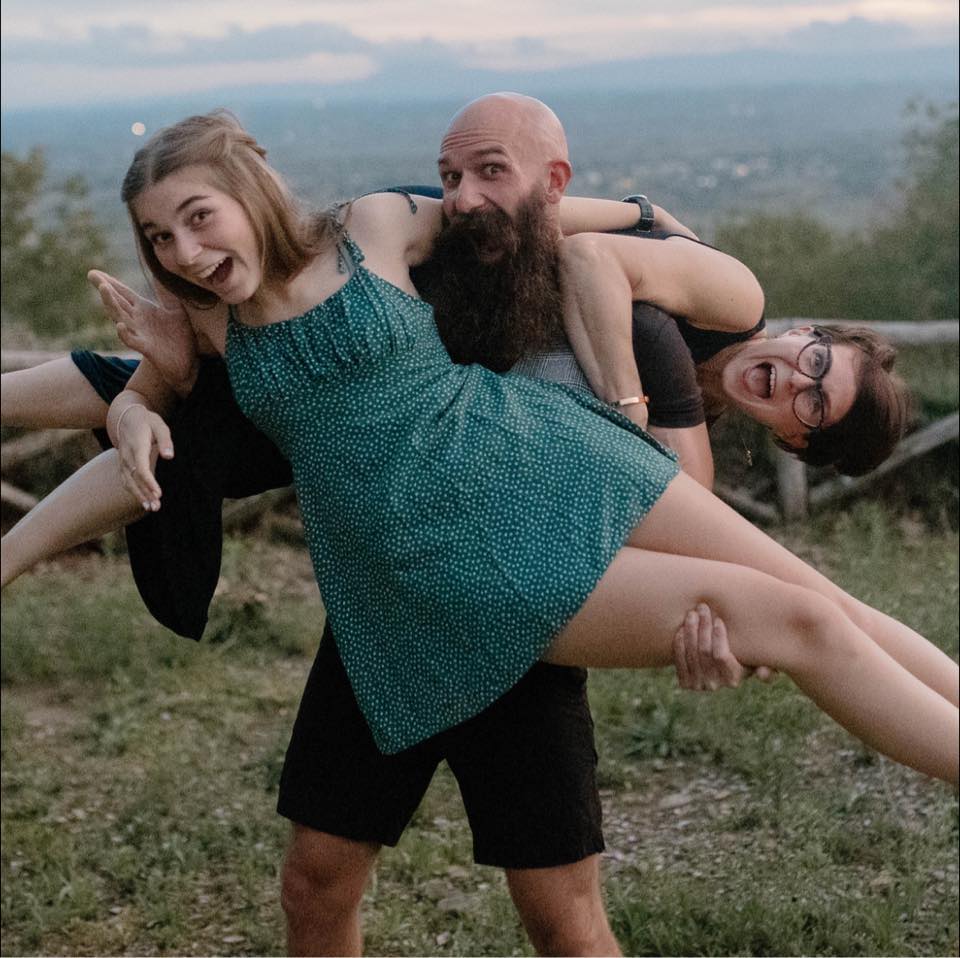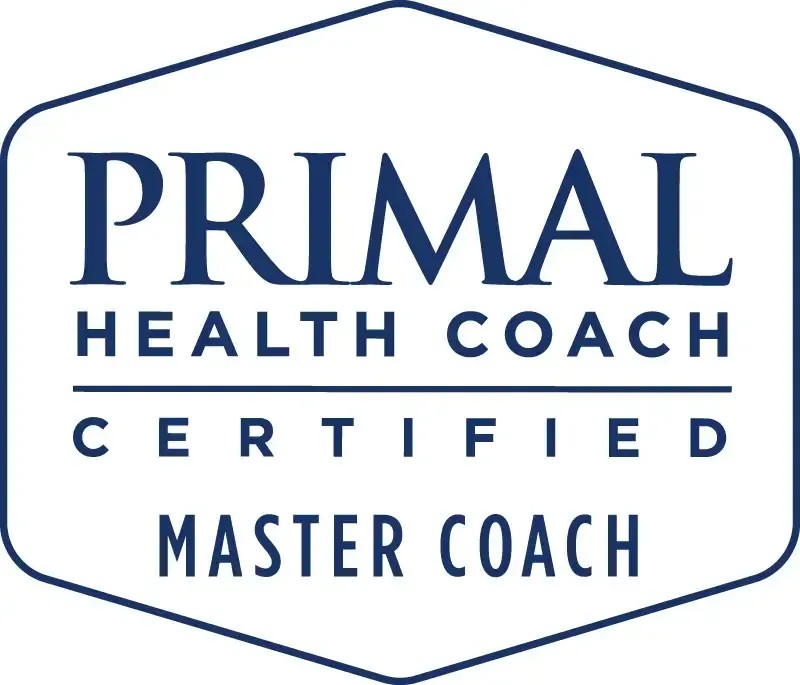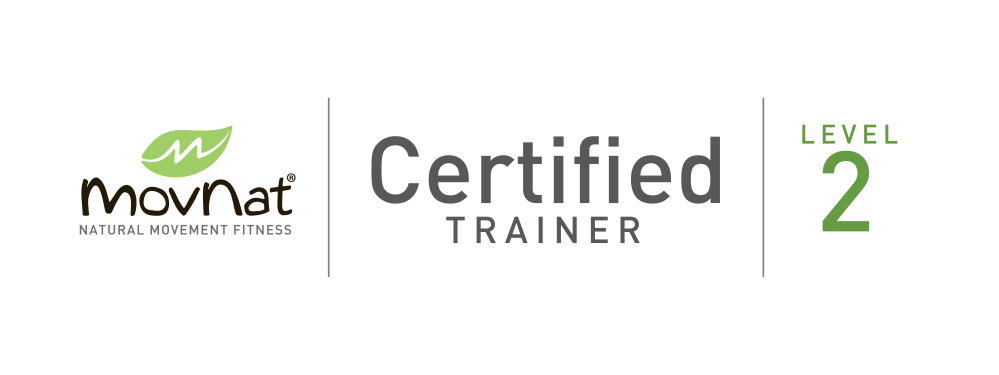The Whole Life Health Blog — For Metabolism, Mindset & Momentum
Why Your Body Holds on to Fat (and How to Change the Signals)
Published on: 24/09/2025
Your body isn’t broken—it’s adaptive. Learn why it clings to fat and how to change the daily signals so you burn better, feel steadier, and get your mojo back.
NutritionMovement & FitnessLifestyle
The Real Reason Your Metabolism Slows Down (It’s Not Just Age)
Published on: 03/09/2025
Think your metabolism is slowing just because you're aging? Think again. This myth-busting guide reveals the true reasons behind metabolic slowdown — and how to turn it around.
NutritionMovement & FitnessLifestyle
Should You Take Ozempic?
Published on: 11/08/2025
Ozempic can be a short-term tool for weight loss and health gains – but lasting results come from pairing it with lifestyle shifts and natural GLP-1 boosters.
NutritionLifestyle
Why You're Still Tired After a Full Night’s Sleep
Published on: 01/08/2025
Still waking up exhausted despite 8 hours of sleep? Learn the real causes of morning fatigue — from circadian disruption to inflammation — and what to do about it.
Lifestyle
© Whole Life Health 2026












